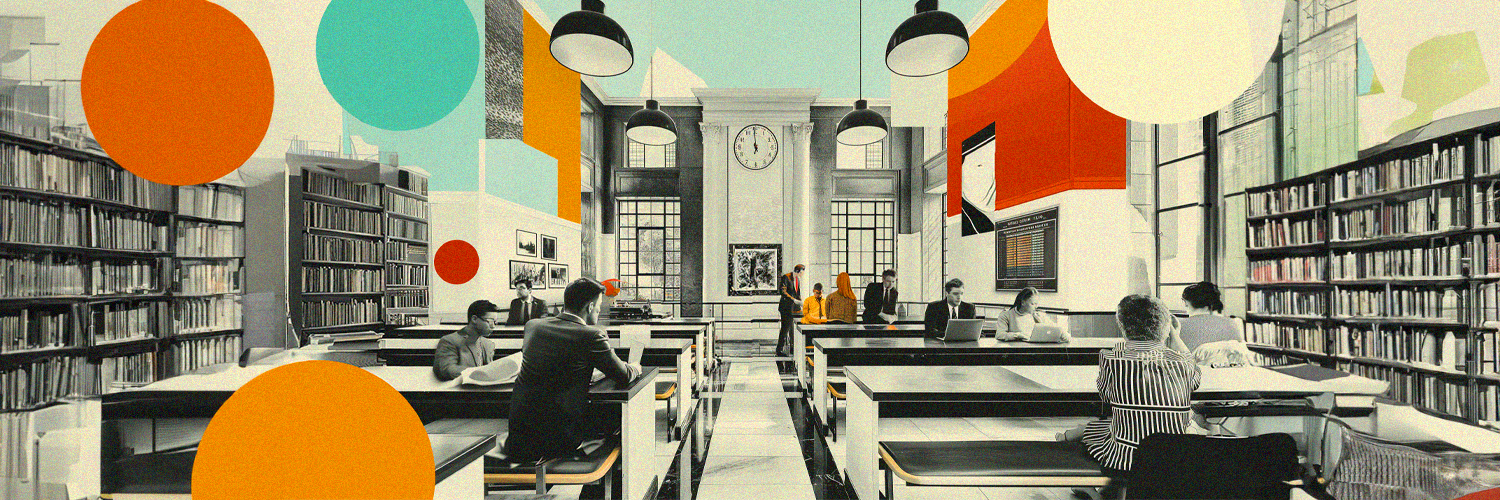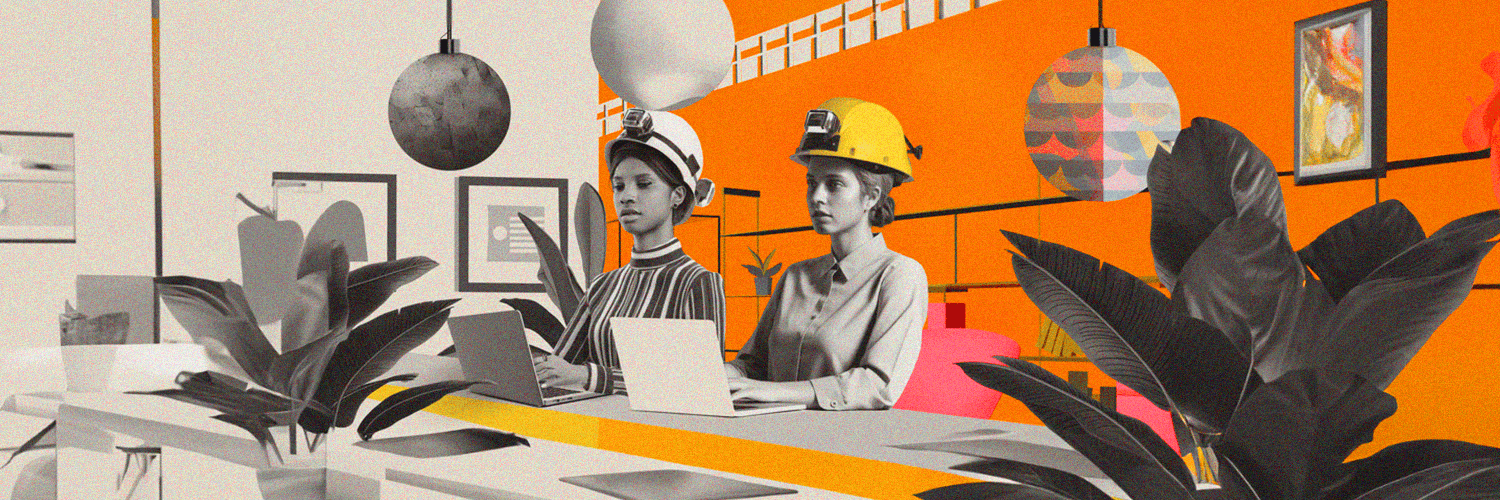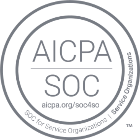Effective communication and collaboration are the cornerstones of success in modern organizations. Whether you're hosting crucial client meetings, brainstorming sessions, or team gatherings, the conference room serves as the epicenter of your company's decision-making and innovation. However, setting up a conference room that facilitates seamless, productive interactions can be a daunting task.
This comprehensive guide is your go-to resource for crafting the perfect conference room setup. From choosing the right technology and furniture to creating an ambiance that inspires creativity, we will walk you through every step of the process. Read on!
TL;DR:
- Effective conference rooms are pivotal for successful communication and collaboration in modern organizations.
- Conference rooms serve a strategic purpose beyond just meetings, fostering collaboration, productivity, and brand image.
- The right setup enhances communication, professionalism, technology utilization, and employee satisfaction.
- Various conference room styles, like boardroom, hollow square, U-shape, auditorium, and classroom, suit different meeting types.
- Choosing the ideal setup depends on expected attendance, interactivity, facilitator presence, technology needs, and power accessibility.
- Essential equipment includes quality cameras, microphones, speakers, video monitors, controllers, booking software, and digital signage.
- Factors to consider when setting up a conference room include accessibility, acoustics, furniture, outlet placement, lighting, and internet connectivity.
- Monitoring room utilization data helps organizations optimize space allocation and create setups tailored to specific meeting needs.
- Room booking systems can track reservations, attendance, and room usage patterns.
- Aligning conference room setups with actual usage patterns enhances productivity and cost savings by optimizing space allocation.
Conference Room Defined
A conference room is a dedicated space within a business or organization designed for meetings, discussions, presentations, and collaborative work. It typically features a table, chairs, and technology such as audiovisual equipment, video conferencing tools, and interactive displays.
It goes beyond just a space with walls and furniture; it is a strategic area where ideas are shared, business relationships are developed, and important decisions that impact the company's success are made.
Modern conference rooms differ significantly from their traditional counterparts. They seamlessly incorporate advanced technology while maintaining a clean, focused aesthetic, minimizing distractions. These rooms can be customized to meet specific business needs, offering various configurations to facilitate effective communication in large and small groups.
In essence, a conference room serves a purpose beyond mere meetings. It fosters collaboration, enhances productivity, and represents your brand image.

Benefits of Setting Up a Conference Room Right
There's no denying that the right conference room setup can significantly impact the productivity and success of your meetings. However, beyond this obvious advantage, several other key benefits are tied to it.
One crucial benefit is enhancing communication within your organization. An adequately set up conference room facilitates effective dialogue among team members. As we know, good communication is critical to collaborative problem-solving and decision-making in any business environment.
In addition to fostering better communication, a well-designed conference room setup promotes professionalism. Whether you're dealing with internal colleagues or external clients, a well-organized and sophisticated conference room setting will undoubtedly leave a positive impression. It speaks volumes about your company's commitment to quality and attention to detail.
Another notable advantage of setting up a conference room properly is its capacity to leverage modern technology. With the right equipment - cameras, microphones, speakers, digital displays - you enhance attendees' experiences by creating an environment conducive to shared learning and interaction, irrespective of their physical location.
Finally, having an optimal conference room setup contributes positively towards employee satisfaction. A comfortable meeting space accommodating everyone's needs inspires employees and makes them feel valued for their contributions.
Undeniably, investing time and resources into developing an ideal conference or meeting room setup has far-reaching benefits for your entire organization, from day-to-day operations to long-term growth strategies.
Types of Conference Room Setups
Setting up your conference room to match your meeting's needs can significantly boost effectiveness. Learning about various styles and their advantages can help you choose the best setup for different types of meetings.
Boardroom Style
The classic boardroom style is the first stop on our journey through conference room settings. This trendy arrangement revolves around a large central table, usually rectangular or oval-shaped. It's mainly used for formal meetings due to its authoritative feel, where all participants directly face each other.
While promoting equality, as everyone gets a seat at the table, it also fosters an environment for constructive debate and open conversation—making it an ideal choice when decisions must be made collaboratively.
Hollow Square Style
Next up is the hollow square style, which could be mistaken as a cousin to the boardroom layout—it shares many of its characteristics: the visible equality between attendees and the facilitation of open dialogue. However, rather than using one centralized table like in a traditional boardroom setting, this arrangement uses multiple tables set end-to-end, creating an empty space in the center (hence its name).
This approach has proven beneficial for larger groups wanting that intimate, circle-like discussion dynamic without losing out on legroom or making anyone feel boxed in.
U-Shape Style
The U-shaped conference room style is characterized by tables arranged in a 'U' formation with chairs placed on only the outside areas facing inward—the speaker can freely move within this open area. This configuration facilitates both presentations and collaborative discussions.
Despite allowing fewer people per table compared to earlier mentioned styles, it creates interactive sessions where everybody can engage effectively while keeping visual contact clear and uninterrupted.
Auditorium Style
Auditorium or row-based conference room setup checks itself into high-capacity environments, opting for audience attention focused towards a single focal point—an ideal choice for lectures, presentations, or training.
With rows of chairs (often handled with aisles) facing a stage or screen, attendees can absorb information without the distraction typically associated with desk-based settings. Just remember: interaction is more limited in this setup as communication gets directed towards the speaker.
Classroom Style
In our conference room setting journey comes another style—the classroom arrangement. Effectively reminiscent of your old school days layouts—it presents rows upon rows of tables where participants face the head of the room—wherein lies a projector screen, whiteboard, or presenter.
This setup offers a functional space for note-taking and laptop usage during education-driven sessions. Its heavy focus on forward-facing instruction does cut back on attendee interactivity, making conversations usually one-sided.

How to Choose the Ideal Conference Room Setup
When selecting the optimal conference room configuration, the size and nature of your gathering are pivotal. Striking a balance between spaciousness and audibility is critical. Delve into these vital considerations:
- Expected Attendance: Gauge the number of attendees to tailor the setup accordingly. Classroom and auditorium layouts suit larger groups, while boardroom or hollow square arrangements work well for more intimate gatherings of 20-30 people.
- Interactivity: Assess the need for group engagement. Auditorium style might hinder collaborative discussions, while boardroowm seating encourages interaction.
- Facilitator Presence: If your event has a facilitator or presenter, carefully deliberate their positioning. All participants must have clear sightlines and audibility to engage with the speaker and their materials effectively.
- Technological Demands: Consider technical requirements like LED video walls or video conferencing capabilities. These may necessitate layouts like the U-shape or classroom style to ensure everyone has an unobstructed view.
- Power Accessibility: Don't overlook the practicality of power sources. Ensure the conference room setup is conveniently situated near power outlets, especially if electronic devices will be in use.
By thoughtfully addressing these 5 factors, you can ensure a productive and harmonious meeting space tailored to your needs.
Essential Equipment for Conference Room Setup
Setting up a conference room requires careful attention to detail. One of the essential steps in the conference room setup process is ensuring that you have all the right equipment. Let's delve into key pieces that deserve a spot in your meeting room setup.
Cameras
Get leading-edge cameras; they are crucial for providing a fully immersive conference experience, especially during virtual meetings. Remember, clear video can make or break your presentation or pitch. The best conference room setups employ PTZ (pan-tilt-zoom) cameras or camera systems designed specifically for conferences - ones with wide-angle lenses and high-definition resolution.
Microphones
The backbone of any good meeting room setup is quality audio transmission. In this regard, we cannot overstress the importance of high-quality microphones in a conference room setting. Depending on your available space and budget, you may opt for handheld mics, lapel microphones, or tabletop models known as boundary microphones. Either way, each speaker needs to be adequately heard to sustain effective communication.
Speakers
In tandem with microphones, first-rate speakers are another must-have asset within your conference room equipment setup. Whether you're blasting out chart-toppers at the company's end-year party or struggling to pick up on an essential point over remote connections - at its heart, it's all about sound quality! So invest wisely when selecting audio devices: from portable Bluetooth varieties to complex installed systems – find what works flawlessly for you and stick to it!
Video Monitors and Displays
A top-notch display should rank highly on any meeting room checklist, too! It provides a visual aid for presentations while enhancing engagement levels by offering clearer images than regular projectors. For conference rooms set up primarily for video conferencing purposes, try installing large screen monitors capable of full HD output - ideally located so participants can see and engage effortlessly without straining their eyes.
Tabletop Controller with Advanced Features and Easy Integration
The tabletop controller is one often-overlooked piece of equipment in typical conference room settings that should be a priority. This device makes it easy to control different aspects of the meeting, from camera angles to lighting and sound. Select one with advanced features for smooth operations and straightforward integration with existing systems.
Conference Room Booking Software
The key to avoiding double bookings? An effective conference room booking solution, such as YAROOMS! It assists in scheduling meetings, freeing time spent on "fighting" for room availability. Furthermore, solutions like YAROOMS enable essential checks such as confirming whether required equipment (like microphones or video cameras) is available before meetings - adding greater transparency within your conference room setup process.
Digital Conference Room Signage
Finally, let's touch on digital signage, which serves multiple purposes in a conference room setup. Besides showing who's booked the space at what times (effectively managing scheduling squabbles!), these display boards can provide step-by-step instructions for using various components within the room. With such an investment, you are well on course toward attaining an organized, tech-savvy meeting space!
Factors to Consider When Setting Up a Conference Room
Knowing what to look for when setting up a conference room can go a long way in ensuring the space meets your organizational requirements. You'll want to consider accessibility, acoustics, furniture, outlet placement and availability, lighting, and internet connectivity.
Accessibility of the Room
When considering a conference room setup, first think about accessibility. Is the room conveniently located for participants? Can individuals with any disability easily navigate into and within the space? Venues with obstacle-free entryways and wide enough doors are more inclusive, making everyone feel welcome regardless of physical abilities.
Acoustics
Secondly, consider acoustics before finalizing any meeting room setups. An ideal conference room should shield its users from outside noise while preventing echoes. High ceilings or hard floors may cause an echo; therefore, choosing rooms without these features can prove beneficial. Paying attention to acoustics ensures clear communication among attendees - genuinely getting your message across.
Furniture
The furniture you choose for a conference or meeting room is important for how it looks and how comfortable it is during long meetings. It's a good idea to pick chairs designed for comfort and support your back when sitting for a long time. Also, choose tables that make it easy to reach the equipment you need for the meeting but make the room manageable and easy to move around.
Outlet Placement and Availability
Outlets might seem like tiny details in the grand scheme of things; however, when configuring your conference rooms, take note! Position outlets near where electronic devices will be set up to ensure seamless meetings without unsightly trailing wires straddling haphazardly across the floor.
Lighting
Lighting is another pivotal detail that heavily influences the outcome of your conference room setting. Natural light boosts mood, alertness, and productivity, but too much can cause screen glare, hindering visibility. Using adjustable window blinds, creating a balance between ambient and task lighting, or employing dimmable lights will provide a more comfortable environment, ensuring meeting agenda effectiveness.
Internet Connectivity
Finally, it's hard to overstate the importance of robust internet connectivity when orchestrating your conference room setup. Investing in high-speed WIFI prevents frustrating interruptions caused by lagging video or faulty audio during virtual meetings. Make sure ample ethernet ports are available for instances when wired connections might be more stable than wireless ones, making your meeting all the more seamless.

Monitor Room Utilization & Turn the Data Into an Effective Conference Room Setup
Monitoring room utilization and translating the data into an efficient conference room setup is crucial to optimizing workspace resources. It involves gathering and analyzing data on how meeting rooms are used within an organization. This data can reveal patterns in room occupancy, frequency of meetings, and specific requirements for different types of gatherings. By harnessing this information, companies can maximize the utility of their meeting spaces and create setups that cater to the diverse needs of their teams.
One way to achieve this is through room booking systems that track room reservations and attendance. These systems can provide insights into which rooms are in high demand and when allowing organizations to allocate resources accordingly. With this data, companies can establish a variety of conference room setups tailored to the specific requirements of different meetings. For instance, they can configure some rooms for collaborative work with flexible seating arrangements, while others can be set up for formal presentations with fixed seating and audio-visual equipment.
Overall, by aligning conference room setups with actual usage patterns, organizations can enhance productivity and save costs by optimizing space allocation and ensuring that rooms are always used effectively.









